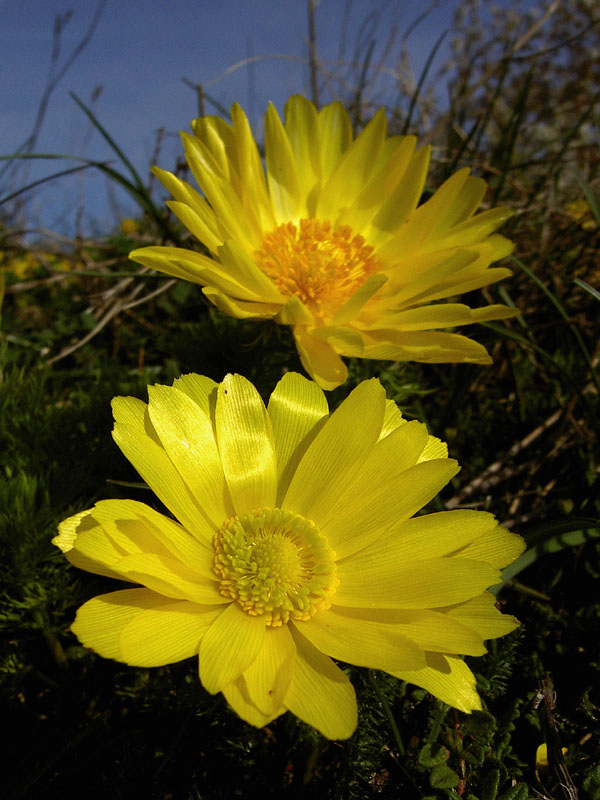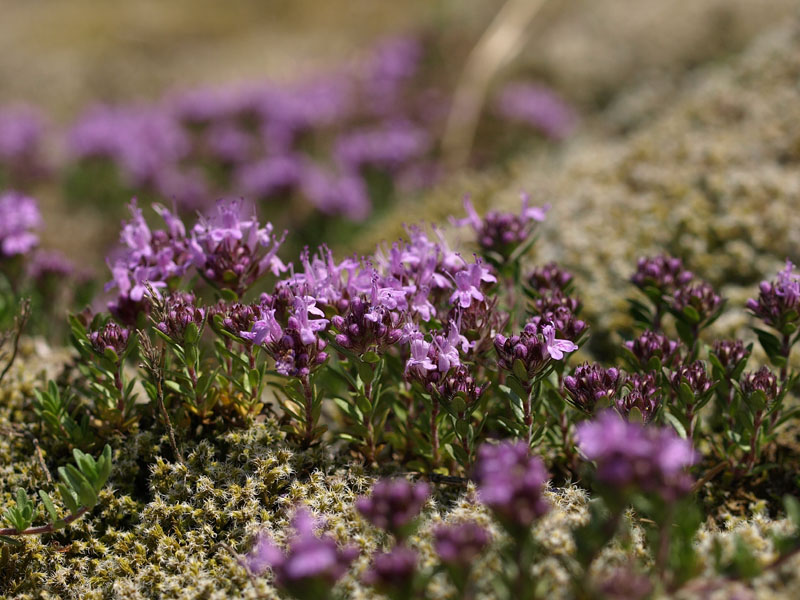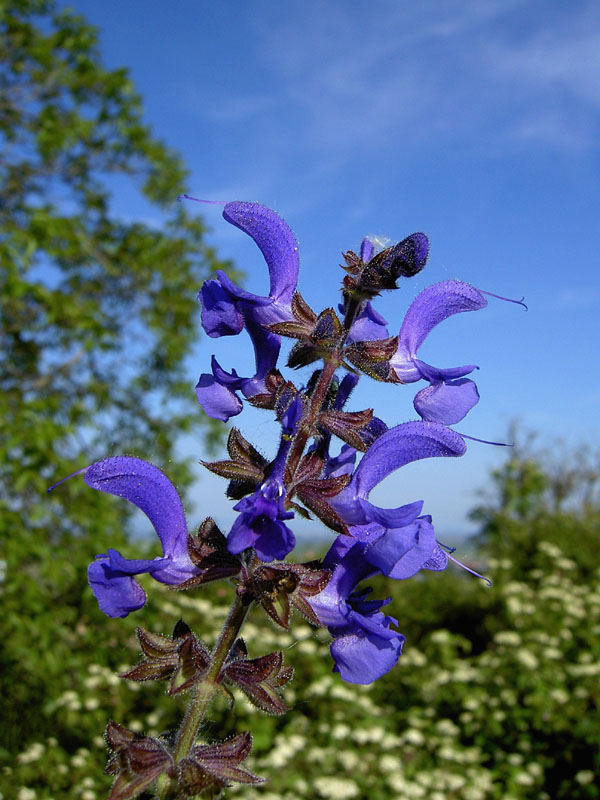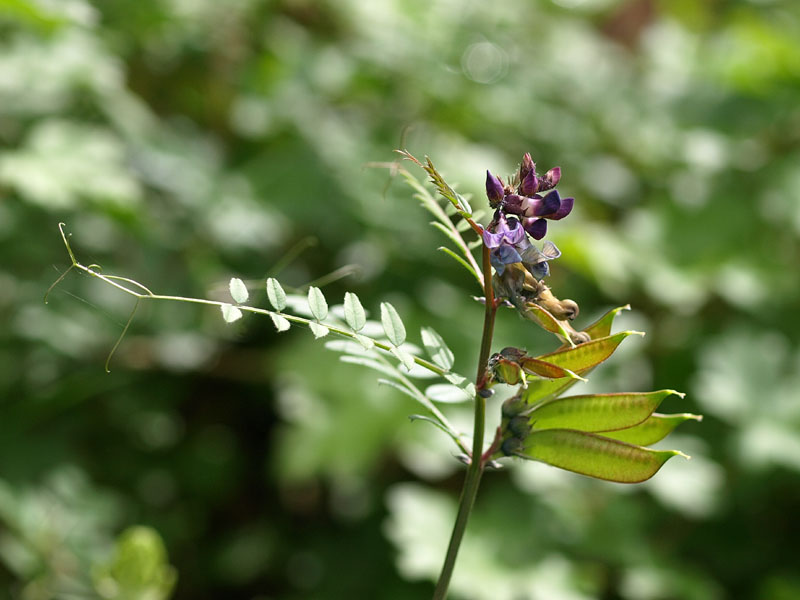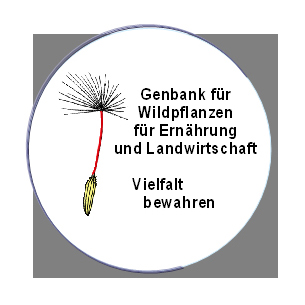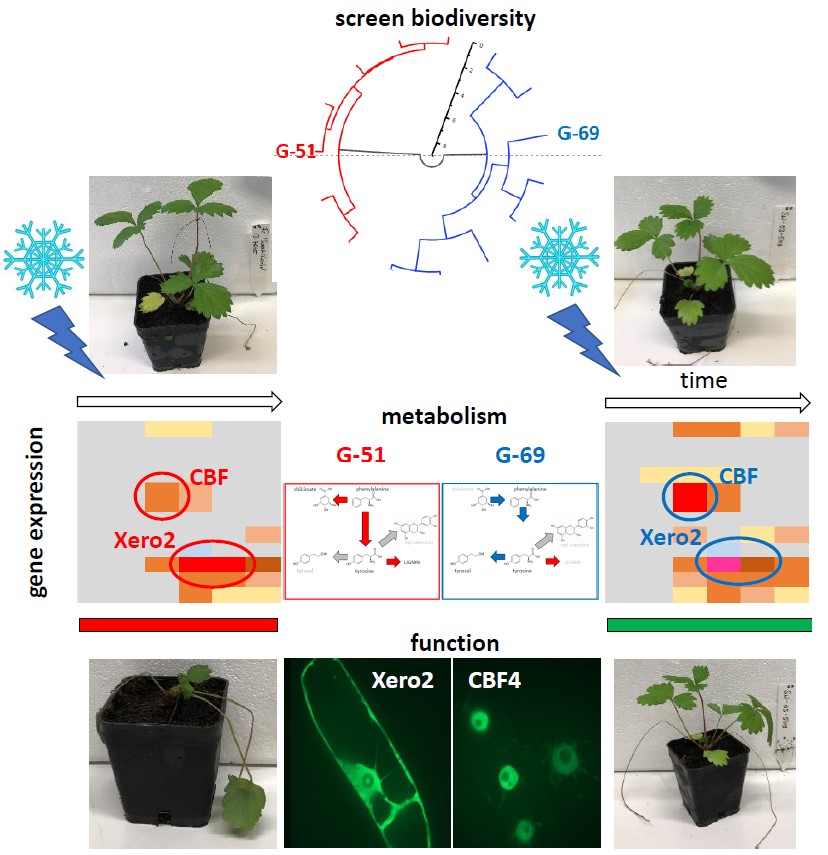 10.06.2022: Wild Strawberries against Climate Change
10.06.2022: Wild Strawberries against Climate Change
The CWR Gene Bank is more than just a collection. It is a genetic resource. To become so, it is necessary though that somebody makes use of this collection. That's what we did: Wild Strawberries from the heights of the Black Forest have adapted to late frost. In a comparative study in cooperation with the Max-Rubner Institute we found out, how this works. The tough fellow from the mountains harbours a special version of the gene switch Cold Box Factor 4, activating the anti-freezing protein Xero2. In contrast, "soft guys" that yield to frost, show only a weak activation of the two genes. When we introduce these genes into tobacco cells, we can confer the frost hardiness as well. Now, these two genes could be introduced into Garden Strawberry by natural crossing to generate strawberries that are resilient against late frosts.
GeneBank Southwest for Crop Wild Relatives
The progressive changes of the biosphere are linked with increasing extinction rates of animal and plant species and the elimination of entire ecosystems. Urbanisation, nutrient excess in soils and water systems, pollution and climatic changes impair the diversity of flora and fauna.
This dramatic erosion of biodiversity affects agriculture in the first place. A report published by the Food and Agricultural Organizaiton in 1996 estimates that already 75% of crop plant diversity has been lost during the last century. This is accompanied by a corresponding erosion of wild species.
Crop Wild Relatives - Wild Plants with Potential for Human Use
Wild species harbour great potential for traits that have been lost in crop plants in consequence of domestication. For instance, many crop plants are resistant against pathogens, even those that have already acquired resistance against chemical plant protection. Moreover, the genetic material of crop plants is already depleted for interesting metabolic activities. Even recombination by breeding will not restore these genes that have been lost.
Crop Wild Relatives are therefore valuable also in terms of mere economy, since they provide resources to adapt crop plants to changing conditions of environment, production and market.
To safeguard the potential for sustainable agriculture, plant genetic resources have to be protected, characterised, and extended. Principally, there exist two strategies: conservation in situ or conservation ex situ. Conservation in situ tries to protect species by protecting its natural habitat, for instance as national park or nature conservation area. This approach does not protect endangered species directly and often is limited. Therefore, in some cases, conservation of a species ex situ, for instance in a Botanical Garden like ours, is indispensible.
The CWR-Project
Germany has established different collections for forestry, fruits, and for crop plants. Crop Wild Relatives have not been in the focus so far. Some 2.800 (corresponding to 80%) of the 3.600 wild plant species found in Germany, are either used by humans or harbour the potential to be used in the future.
These considerations stimulated the foundation of the first German Gene Bank for Crop Wild Relatives in 2008. Funded by the Federal Ministry of Agriculture, a network of Botanical Gardens (Berlin, Karlsruhe, Osnabrück and Regensburg) have collected seeds for these plants to build up a seed bank.
This strategy is novel and by screening a large variety of biotopes ensures that the genetic diversity of Crop Wild Relatives will be preserved for future generations. This gene bank can now be used to breed new crops that can face the challenges of future agriculture.
More informations on the German Gene Bank for Crop Wild Relatives under www.genbank-wel.de/

